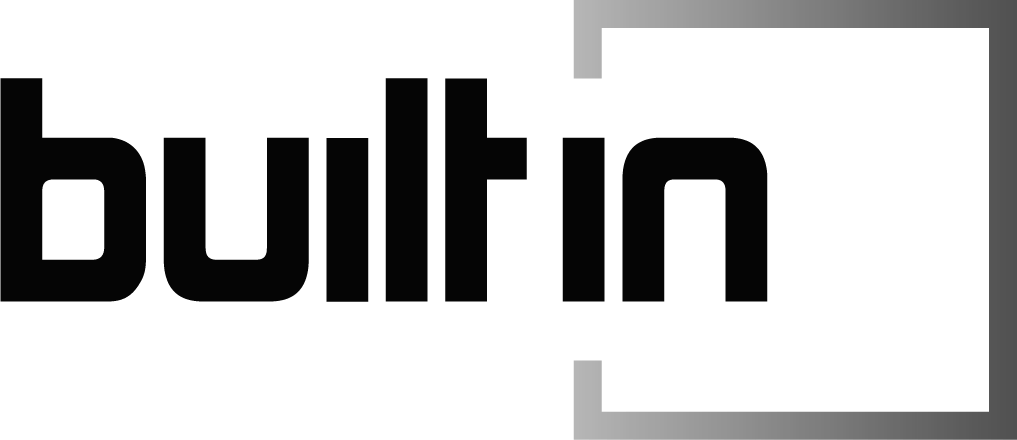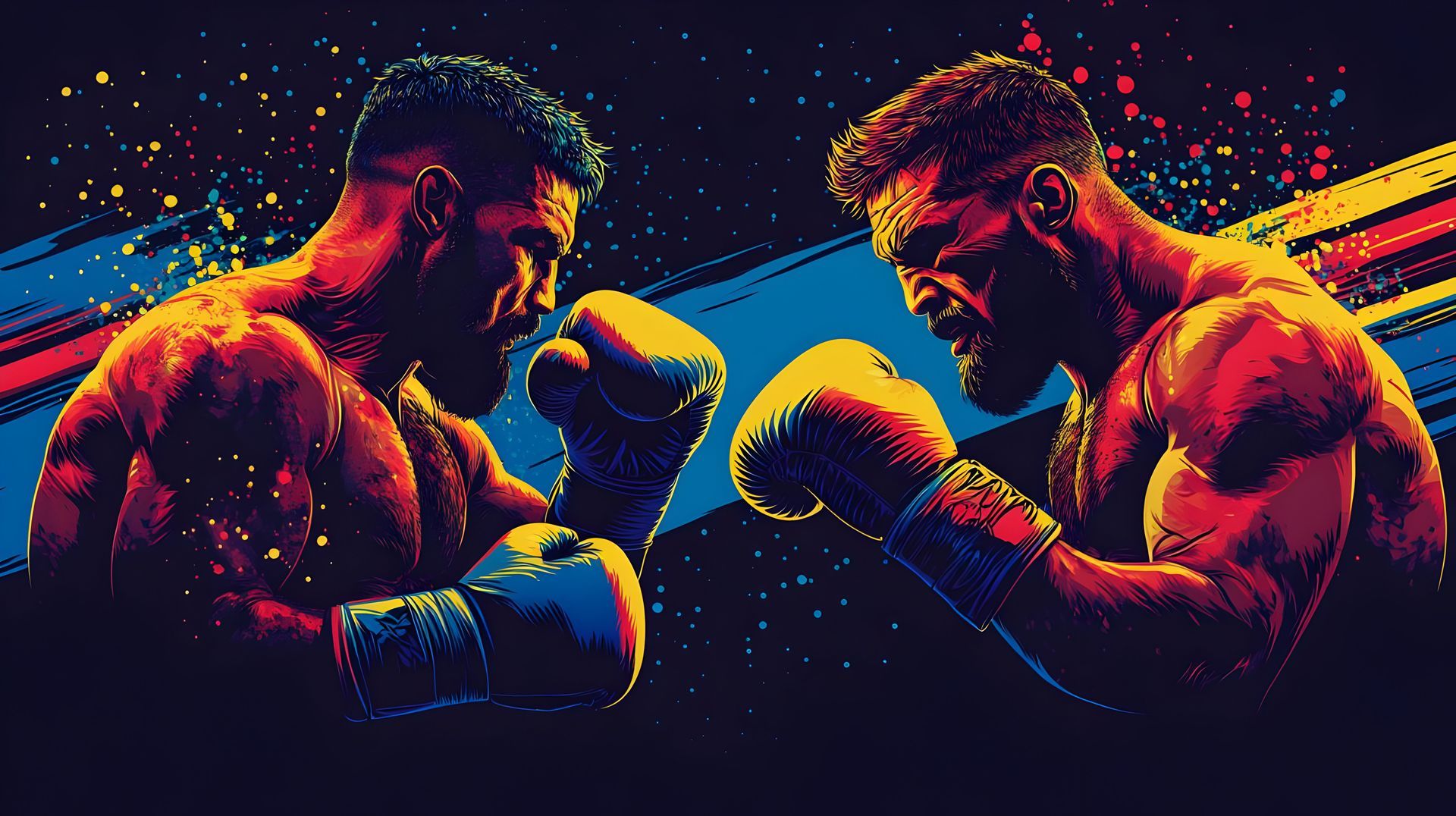P U B L I C A T I O N S
The Positive Effects Of A Modern Brand
Not Sure If You Should Change Up Your Brand? These Tips Will Help
Published in
Forbes | November 16, 2021 | Author: Thomas Minieri
-- I was flat broke when I started my first company. I ran out of money after being unemployed and under-employed for over a year. My credit cards were maxed, and I didn't know anyone who could loan me money to help me get started. I was at the end. I used my last $30 in a last-ditch effort to find something that would work, hoping that my new business venture would be that thing. I was an artist but had never dabbled in graphic design. I came up with a simple, yet catchy, black-and-white flyer and made as many copies of that flyer that $30 could afford me. On the bottom of that flyer was my logo. It was basic, simple yet interesting, made with love and desperation.
Fast-forward three years and my company was booming. I was in my own retail space, had cultivated a team of employees and was about to open my second location. One key to my success, even at this early stage, was my constant commitment to marketing and advertising. For me, advertising was always the first bill to be paid, not the last. Paying for advertisements this month ensured that my phone rang with new customers next month. My company grew, as did my skill as a marketer. I soon realized that ad quality mattered just as much as ad frequency. It was time to update my brand and improve my company image.
To me, branding equates to credibility. My established competitors and my franchise competitors had polished, professional brands. Their logos were trendy, modern and well-known. I was an up-and-coming nobody who posed no threat to anyone, and my homemade brand only reinforced that reality. But that was about to change. I called around for a professional designer to help me articulate my ideas. I found a guy. We hit it off, and I hired him to help me design and implement a real brand.
While I was very attached to my original logo, I was more attached to the money that my new brand would bring in for me. I put my emotions aside and got to work on creating something new with my designer colleague. A few weeks later, my company launched its new brand image complete with professional logo design, brand elements, a matching website and marketing collateral. It was a real brand for a real company, and it made a real difference. My second location opened with our new logo on the front door. My new brand was a success from day one. Advertisements became more effective. Utilizing more professional branding in our sales presentations awarded my team with increased sales conversions. The public, as well as my competitors, began to notice and recognize my company. We were gaining momentum.
Fast-forward another two years, and my company was producing seven-figure revenues and I had a team of over twenty professionals working for me. I had developed our own software application and operated a full-time call center to field incoming inquiries from prospects. My brand was well-established as a leader in the industry. I was operating two very successful stores and had established a unique business model and system. It was at that time that I decided to franchise my brand and expand nationwide. Unfortunately, for my company name, it would not be able to come along for that journey. My business name included the word "Carolina" in it. Obviously, franchisees outside of the Carolinas would not find my business name beneficial. Thus, if I were to franchise, I would have to rename my entire company.
Fast-forward four years and my franchise system had over a dozen locations across six states. The new business name was a huge success and ushered in higher levels of company culture and brand awareness. It was a home run.
In just a few years my brand evolved from the original logo I made on the cheap to a professional logo and brand that became well-known in my industry to a complete name change and brand overhaul created for my franchise system. Every time I reinvented my company's brand image, it turned out to be a positive change. It stirred things up a bit. It made things fresh and new. It made people take notice, curious as to what was up with my company. Never once did a customer come to me with disdain for my decision to change the logo, the brand colors or even the name of the entire company when I franchised. I invested hundreds of thousands of dollars in advertising along the way and never once did I notice any loss of brand exposure with any of the revisions. It was never a back step.
I've since sold my franchise system and the assets it accumulated. Today, I operate a marketing and creative agency. I combine a decade of real-world entrepreneurship with my now finetuned creative and design skills. I meet with business owners daily who are cautious to merely update their dated logo. If that's you and you're hesitant to change your brand or are nervous as to what a revision to your brand might do to the investment you've already made in brand recognition, then perhaps this narrative will provide some perspective. I made many changes to my brand, and everyone was massively positive. Simply put, people notice the new and forget the old much quicker than we emotionally attached entrepreneurs would like to believe.
Is your logo more than five years old? Is it more than ten years old? Google changes its logo almost every day, and people aren't forgetting where to search for things online. Is your business name dated and holding you back from gaining new opportunities? If so, make like Elsa and let it go. Change doesn't mean you forget the hard work you put in during your startup years. Come up with something fresh and new that will take your company to the new heights it deserves.

ABOUT THE AUTHOR
Thomas Minieri is the author of the cult-classic book Lemonade Maker. A self-made entrepreneur, innovation strategist, and digital marketing expert, he founded Lemonade Maker® Strategies— a modern business community designed to help entrepreneurs thrive in today’s age of technology and disruption.
With over two decades of experience, Thomas has built multiple 7- and 8-figure companies across franchising, digital strategy, real estate, event production, and innovation consulting—entirely without outside capital or debt. His work has been featured in Forbes, Entrepreneur, Fast Company, and more.
Known for his fearless creativity, culture-driven leadership, and tech-forward approach, Thomas has helped thousands of founders bring clarity to chaos and break the status quo to build something unforgettable.

















